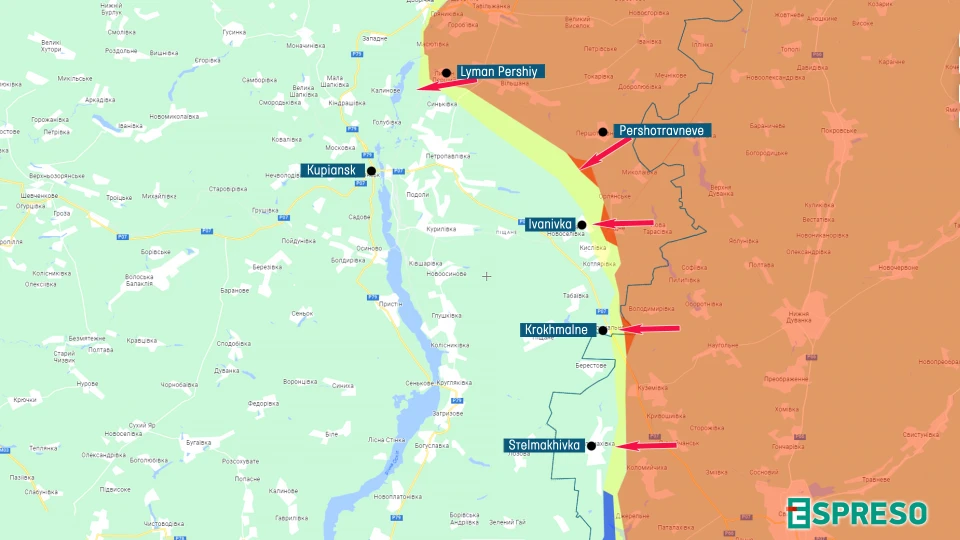
F-16s in Ukrainian skies and effective frontline demining methods. Column by Serhiy Zgurets
The first five F-16s have landed in Romania. These fighters will be used to train Ukrainian pilots as part of a European initiative. The planes were transferred from the Netherlands. In total, they plan to provide 12 to 18 aircraft for training Ukrainian pilots in Romania
Ukrainian pilots train on F-16 fighters
We are getting closer to having F-16s in our skies. The first 5 fighters have landed in Romania, and these aircraft will be used to train Ukrainian pilots as part of a European initiative. The Romanian Ministry of Defense has provided all the necessary military infrastructure to train our pilots, and the American company Lockheed Martin is involved in the maintenance of these aircraft and helps with technical personnel.
Initially, the F-16s will be used to train instructors, and then the training of new pilots will begin. In particular, Ukrainian and Romanian pilots.
For Ukraine, this training in Romania will complement the training in the United States, where Ukrainian pilots are already trained on F-16s. So we are making progress in the training of our pilots, and the time of the arrival of the F-16 in Ukraine is also approaching.
Strengthening Ukrainian air defense before winter
The President of Ukraine Volodymyr Zelenskyy said that two more Nasams air defense systems, received from our partners, were put on combat duty. In total, Ukraine already has 4 such systems. There are 4 more units to be delivered to our air defense forces. These systems significantly improve the air defense of our country.

Norwegian Medium-Range Air Defence Missile System NASAMS
In addition to Nasams, the most advanced system capable of effectively combating ballistic missiles, the Franco-Italian SAMP-T system, has been deployed by our air defense forces. SAMP-T has similar technical characteristics as the Patriot air defense system. This news is very important before the winter. We all understand that the enemy will not give up the tactic of destroying Ukraine's energy infrastructure.
The Situation in the Lyman-Kupyansk direction
The Lyman-Kupyansk sector is extremely important and difficult today. A few days ago, Land Forces Commander Oleksandr Syrskyi said that the enemy had suffered significant losses in the Yahidne-Kupyansk-Vuzlovyi area, but was still trying to accumulate forces for a second offensive.
The Russian army is trying to reach Kupyansk-Vuzlovyi, which is an important transportation hub, and then move on to the road that supplies Ukrainian troops from Kupyansk to Svatove. So the situation in this area is important in terms of operational understanding and prospects for controlling this section of the front.
Serhiy Dibrov, senior lieutenant, head of public relations of the 21st separate mechanized brigade, said that the invaders could not advance along the entire front line in the Lyman-Kupyansk sector. That is why the Russians are concentrating on Kupyansk and Kupyansk-Vuzlovyi. According to Dibrov, in other areas of the Lyman-Kupyansk direction, the enemy is trying to create the impression of offensive actions and the presence of its units. He added that the enemy's need for an operational pause is now being felt. The Russians are constantly conducting rotational actions and deploying new forces in this area.

The officer of the Ukrainian Armed Forces emphasized that in recent months there has been information about hundreds of enemy tanks in the Lyman-Kupyansk direction, which the Russians plan to use in the offensive. However, according to Dibrov, there is no such amount of equipment on the battle line. According to him, any convoy of vehicles is an excellent target. The range of a tank is much shorter than the range of anti-tank weapons. Dibrov noted that the work of tank units is a very well-planned operation. After all, the tank must move to a suitable position and carry out the attack. The Russians resort to such attacks from time to time. Dibrov added that Ukrainian tank units use the same tactics. However, according to Dibrov, the work of Ukrainian unmanned aerial vehicles does not allow the Russian forces to remain invisible. He summarized that the use of tanks in offensive actions is becoming more complicated every day.
Mine clearance problems on the front line
Anton Semenov, Director of the Ukrainian Research Institute of Defense Technologies, believes that the position of Commander-in-Chief Valerii Zaluzhnyi on demining technologies is very important and a good signal for solving this problem. According to him, the use of jet engines, water cannon systems and artillery cluster munitions for demining is a very effective technology. These techniques allow for the rapid clearance of areas. He added that demining technologies can be greatly expanded by robotic systems.
According to Anton Semenov, M-58 and UR-77 demining vehicles are very effective tools for clearing minefields. After all, these machines can destroy a large number of mines and other munitions at the same time. However, according to Semenov, the effectiveness of these machines depends on several factors. In particular, it depends on the type of mines that have mined the area, the depth of the mines, and the demining conditions. The effectiveness of demining machines decreases with the landscape. In dense vegetation, these machines cannot effectively destroy minefields.
Anton Semenov also spoke about the possibilities of detecting the location of mines and explosive devices. In particular, magnetometers, metal detectors and induction detectors. However, according to the expert, there are now more modern solutions for detecting minefields. The most popular of these are unmanned aerial vehicles. Robotic systems and interactive maps are also widely used.
- News














































